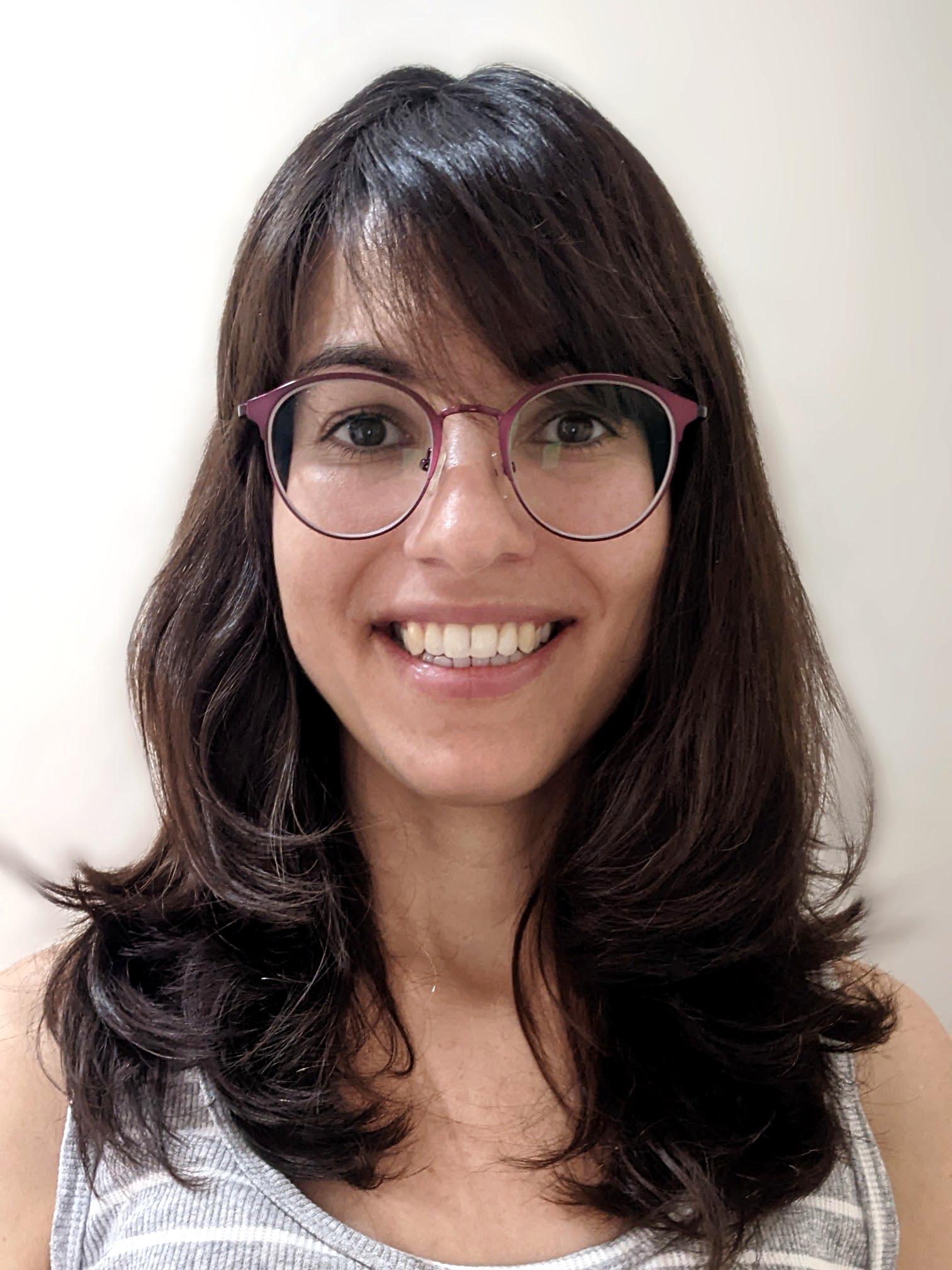| Jul 2024 |
2nd European Summer School on Artificial Intelligence - ESSAI 2024
5-day Course
Department of Informatics and Telecommunications National and Kapodistrian University of Athens, Athens, Greece.
Ribeiro, A. H., Dhami, D., and Zecevic, M. Machines Climbing Pearl's Ladder of Causation.
(Lectures on Youtube)
|
| Jul 2024 |
14th Lisbon Machine Learning School - LxMLS 2024
3-hour Tutorial
Instituto Superior Técnico, Lisbon, Portugal
Ribeiro, A. H.. Introduction to Causal Inference.
(Lecture on Youtube)
|
| Jun 2024 |
Nordic Probabilistic AI School - ProbAI 2024
3-hour Tutorial
Frederiksberg Campus of University of Copenhagen, Copenhagen, Denmark
Ribeiro, A. H.. Introduction to Causal Inference.
(Lecture on Youtube)
|
| Jan 2024 |
Tropical Probabilistic AI School - Tropical ProbAI 2024
3-hour Tutorial
Hosted with the EMAp FGV Summer School on Data Science 2024, Rio de Janeiro, Brazil
Tutorial on GitHub.
Ribeiro, A. H.. Introduction to Causal Inference.
|
| Jul 2023 |
European Summer School on Artificial Intelligence - ESSAI 2023
5-day Course
Faculty of Computer and Information Science, University of Ljubljana, Slovenia
Ribeiro, A. H., Dhami, D., and Zecevic, M. Machines Climbing Pearl's Ladder of Causation.
|
| Jul 2023 |
13rd Lisbon Machine Learning School - LxMLS 2023
3-hour Tutorial
Instituto Superior Técnico, Lisbon, Portugal
Ribeiro, A. H.. Causality and its Role in Reasoning, Explainability, and Generalizability.
(Lecture on Youtube)
|
| Jun 2023 |
Nordic Probabilistic AI School - ProbAI 2023
3-hour Tutorial
Norwegian University of Science and Technology (NTNU), Trondheim, Norway
Tutorial on GitHub.
Ribeiro, A. H.. Causal Inference: Towards Explainable, Generalizable, and Trustworthy AI.
(Lecture on Youtube)
|
| Feb 2023 |
Continual Causality - Bridge Program at AAAI-2023
90-min Tutorial
Walter E. Washington Convention Center, Washington DC, USA
Ribeiro, A. H.. Putting the Causality in Continual Causality.
|
| Jul 2022 |
12th Lisbon Machine Learning Summer School (LxMLS - 2022)
Invited 3-hour Tutorial
Ribeiro, A. H., Bareinboim, E.. Causal Data Science (Lecture on Youtube)
|
| Sep 2021 |
Graduate Seminars Series - Statistics
Statistics Department, University of Brasilia - UnB, Brasilia, Brazil
Invited Lecture
Ribeiro, A. H.. Causal Inference and Data-Fusion.
|
| Jul 2021 |
11th Lisbon Machine Learning Summer School (LxMLS - 2021)
Invited 3-hour Tutorial
Ribeiro, A. H., Bareinboim, E.. Causal Data Science: An Introduction to Causal Inference and Data-Fusion. (Lecture on Youtube)
|
| Jun 2021 |
Perspectives in Statistics
Statistics Department, University of Sao Paulo (IME - USP), Sao Paulo, SP, Brazil
Invited Lecture
Ribeiro, A. H.. Causal Inference from Observational Studies
|
| Dec 2020 |
Seventy-Sixth (76th) Annual Deming Conference on Applied Statistics.
Invited 3-hour Tutorial
Ribeiro, A. H., Adibuzzaman, M., Bareinboim, E.. Causal Inference in the Health Sciences.
|
| Nov 2020 |
American Medical Informatics Association (AMIA 2020) Virtual Annual Symposium.
Contributed 3.5-hour Tutorial
Ribeiro, A. H., Adibuzzaman, M., Bareinboim, E.. Causal Inference in the Health Sciences.
|
| Oct 2020 |
Graduate Seminars Series - Biostatistics and Biometrics
Sao Paulo State University - UNESP, Botucatu, SP, Brazil
Invited Lecture
Ribeiro, A. H.. Causal Inference from Observational Studies
|
| Jan 2017 |
Graduate Summer School - Sao Paulo State University - UNESP, Presidente Prudente, SP, Brazil
9-hour Short Course
Ribeiro, A. H., Soler, J.M.P.. Dimensionality Reduction and Structure Learning with Applications to Genomics
|
| May 2016 |
61a Reunião Anual da Região Brasileira da Sociedade Internacional de Biometria (RBras), Salvador, BA, Brazil
4-hour Short Course
strong>Ribeiro, A. H., Soler, J.M.P.. Dimensionality Reduction Applied to Genomics
|
